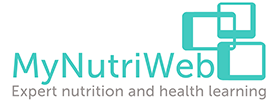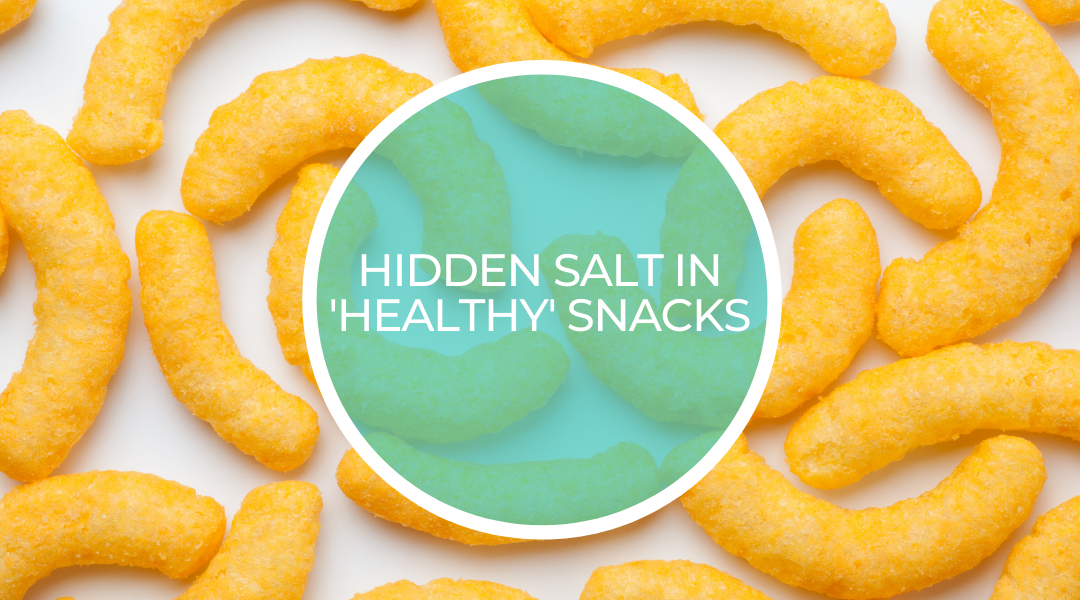The COVID-19 pandemic has clearly shown the impact that poor diets and obesity can have on people’s health. This has resulted in more action from the government to support healthier lifestyles. With almost two-thirds (63%) of adults in England overweight or obese, the action can’t come fast enough.
Yet many health experts and organisations continue to be critical of the gaps in government policy, including Action on Salt. So, during Salt Awareness Week 2021, let’s take a look at their latest concerns.
Government funding to tackle obesity
Last week, the government declared that an additional £100 million will be spent to better support children, adults and families to achieve and maintain a healthier weight. The funding complements the obesity strategy announced in July 2020, and breaks down as:
- Over £70 million will be invested into weight management services through the NHS and councils
- The remaining £30 million will be used to fund initiatives to help people maintain a healthy weight, for example, supporting the Government’s Better Health marketing campaign, the free NHS weight-loss app and upskilling healthcare professionals to support positive interventions in early years and childhood
This is a necessary welcome (and substantial) addition to the toolbox in the fight against obesity. However, much more is needed beyond education and personal responsibility. The food environment in which we live needs to radically change – not only make it easier for people to eat healthier diets, but also to make the healthier choice the default choice. This is something that Action on Salt consistently recognise.
The food environment: Hidden salt
Within its obesity strategy, the government shared plans to tackle issues with the obesogenic food environment through the ending promotions on foods high in fat, sugar or salt (HFSS by restricting promotions such as ‘buy one get one free’, as well as banning the advertisement of such products on TV and online before 9pm.
But a new Action on Salt report into ‘healthier’ pulse-based snacks found that they could in fact be sabotaging our health. The analysis showed that over half (56%) of the products are HFSS – some were even saltier than seawater. It’s not yet clear whether these types of HFSS foods will be included in the government’s programme.
Not-so-‘healthy’ snacks: the stats
Analysis was carried out on 119 snacks, including dried/roasted pulses and processed pulse snacks (lentil curls, chickpea chips and puffs) – often perceived as ‘healthy alternatives’ to the usual snacking options (crisps and flavoured nuts). The findings are raising serious concerns amongst experts – especially given reports of increased snacking during 2020 compared to pre-Covid.
- Over one in three (43%) were high in salt (more than 1.5g/100g) – a forgotten ingredient that raises our blood pressure and puts us at an increased risk of strokes and heart attacks.
- Amongst dried/roasted pulses, the saltiest dried pulse snacks surveyed contained 2.8g/100g salt – saltier than the concentration of seawater[2]! Just one 45g serve of these snacks (1.3g salt) would provide over a fifth of our maximum daily salt intake.
Sheena Bhageerutty, Assistant Nutritionist at Action on Salt said, “During lockdown many of us have been reaching for a snack more frequently and are often oblivious to exactly what is in our favourite food. Despite some seemingly ‘healthier’ snack products being on average lower in saturated fat, fat and calories compared to nuts or standard crisps, some are significantly higher in salt. But taste doesn’t have to just mean salt; there are lots of other delicious flavours out there that won’t harm your health.”
Misleading labelling
The majority of products do not display colour coded nutrition information on front of pack as per government guidance[3]. Instead, most products feature on-pack nutrition claims, which, whilst legal, mislead consumers by creating a distorted ‘health halo’ and discouraging shoppers from scrutinising the ingredients more thoroughly.
- 81% of snacks surveyed included a nutrient based claim on pack (e.g., ‘x kcal per serving’ ‘Less fat’, ‘No added sugar’, ‘Source/High in fibre/protein’
- Almost all (93%) include claims such as ‘Gluten free’, ‘Vegan’, ‘All natural’ and ‘No artificial preservatives’
- One in three snacks surveyed also specify the use of sea salt, which is often perceived as healthier than standard salt. In fact, research[4] has shown they all contain the same levels of sodium and are therefore equally damaging to health
To mark Salt Awareness Week (8–14 March), we’re joining researchers at Action on Salt in calling for a restriction on the use of misleading nutrition claims on unhealthy foods deemed high in fat, salt and sugar.
Sonia Pombo, Campaign Manager at Action on Salt, said, “We should all be eating more beans and pulses, but there are better ways of doing it, and eating processed snacks high in salt is not one of them. This important survey has put a spotlight on the unnecessary amounts of salt in ‘healthy’ snacks, and the use of nutrition claims on HFSS foods need to be questioned.
“Instead of misleading their customers, companies should be doing all they can to help us all make more informed decisions, including using front of pack colour coded labels.”
Tanya Haffner, Registered Dietitian and Founder of MyNutriWeb said, “While we very much welcome the latest government action on obesity, it simply doesn’t go far enough. Action on Salt’s example highlights this. Our nation will continue to eat unhealthy snacks if we don’t see much more radical action led by government.
“In my view, this means government instigating a partnership with all retailers: one that sets out a road map for fundamentally transforming the way we all shop for food. It includes laying out criteria for how it wants stores, categories and products and promotions to be designed for health. This is critical for significant manufacture-promoted transformation to occur.
“COVID-19 can be the tipping point. The UK now has the opportunity to be world leaders for radical food change that is not only good for health but the economy and environment as well. Healthy diets are good for the planet too.”
Mhairi Brown, Policy and Public Affairs Manager for Action on Salt, added: “This survey brings home how high in salt supposedly ‘healthy snacks’ are: it’s no surprise that we are all eating much more salt than the recommended limit of 6g a day. The UK’s salt reduction programme was once world leading, and countries around the world are looking to us. But it can only be successful if it is properly monitored. This is why we urgently need a replacement for Public Health England – to make our salt reduction programme world leading once more.”
We’d love to hear your thoughts.
References:
[1] Products high in fat, salt and/or sugars (HFSS) are classified by the Department of Health Nutrient Profiling Model (NPM) – foods scoring 4 or more points and drinks scoring 1 or more are classified as HFSS.
[2] Atlantic seawater contains 1.0g of sodium per 100g, which equates to 2.5g of salt per 100g
[3] Government criteria for colour coding on a front of pack label.
[4] In 2011 Action on salt published a survey looking at the sodium content of gourmet salts






